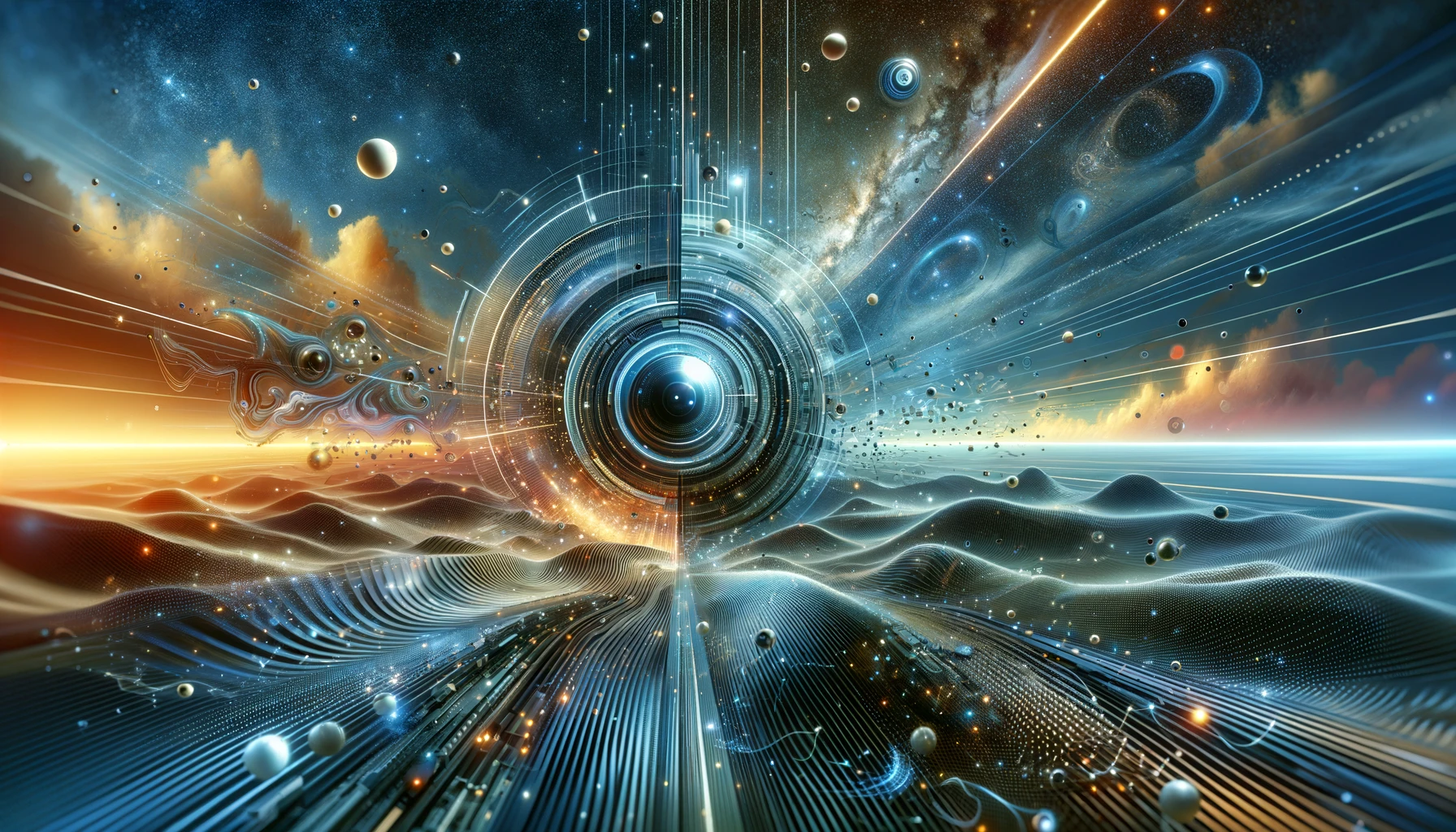Key Points
- Lumiere is a space-time diffusion model developed for text-to-video generation which aims to produce realistic, diverse and coherent motion in video synthesis.
- The model uses a Space-Time U-Net architecture that generates the entire temporal duration of the video at once, in contrast to existing video models which synthesize distant keyframes followed by temporal super-resolution modules.
- Existing generative models for images have seen progress, but training large-scale text-to-video (T2V) foundation models remains a challenge due to the complexities introduced by motion and temporal data dimension.
- Lumiere's approach facilitates a wide range of content creation tasks and video editing applications, including image-to-video, video inpainting, and stylized generation.
- The model leverages diffusion probabilistic models to generate videos, gradually denoising a Gaussian i.i.d. noise sample until reaching a clean sample drawn from the approximated target distribution.
- In contrast to existing T2V models, Lumiere's design choice includes learning to downsample the video in both space and time, allowing it to perform the majority of its computation in a compact space-time representation.
- The model demonstrates state-of-the-art video generation results, allowing for a variety of applications such as video inpainting, image-to-video generation, stylized generation, and consistent video editing using off-the-shelf methods.
- Lumiere's performance was evaluated against prominent T2V diffusion models through zero-shot evaluation, and was found to produce competitive FVD and IS scores.
- A user study showed that Lumiere was preferred over baseline models in both text-to-video and image-to-video generation, demonstrating better alignment with the text prompts and video quality.
Summary
The research paper introduces a novel approach for training large-scale text-to-video (T2V) foundation models, addressing the challenges of modeling natural motion and the complexities of the temporal data dimension. The paper proposes a Space-Time U-Net (STUNet) architecture that generates the full temporal duration of the video at once, showcasing state-of-the-art video generation results and its potential applications in video content creation tasks.
The proposed approach involves down- and up-sampling the video in both space and time, allowing the majority of computation to be performed in a compact space-time representation. The paper also introduces a new inflation scheme to enable easy integration with off-the-shelf editing methods, addressing the limitations of existing inflation schemes. The proposed framework is demonstrated to facilitate a wide range of content creation tasks and video editing applications, including image-to-video, video inpainting, and stylized generation. The paper provides comprehensive insights into the design principles, architectural contributions, and the potential applications of the proposed text-to-video generation framework.
Moreover, the paper presents evaluation results in comparison to other prominent T2V diffusion models, highlighting the competitive performance of the proposed approach. Additionally, the paper discusses the limitations of the proposed method and potential future research directions, emphasizing the importance of developing and applying tools for detecting biases and misuse of the technology. The research paper presents a comprehensive and innovative contribution to the field of text-to-video generation, offering a valuable new approach with significant potential for various applications.
Reference: https://arxiv.org/abs/2401.12945
